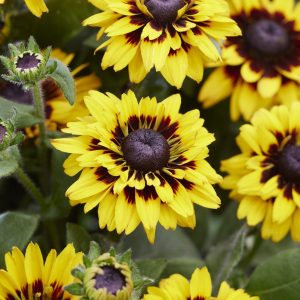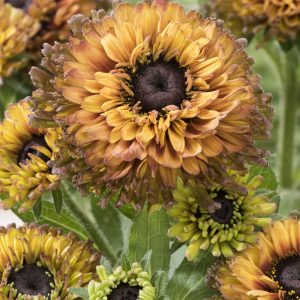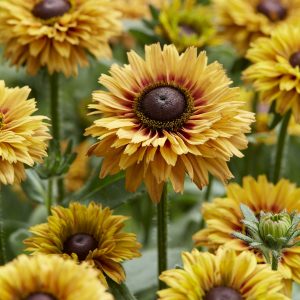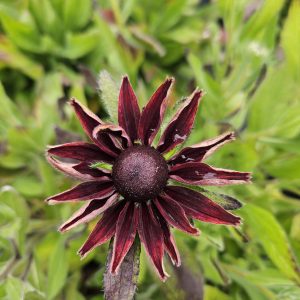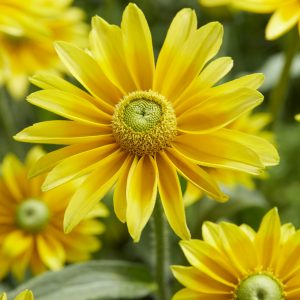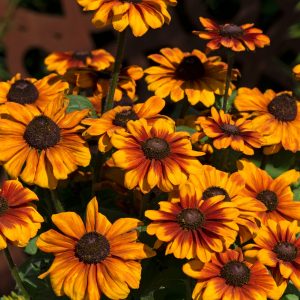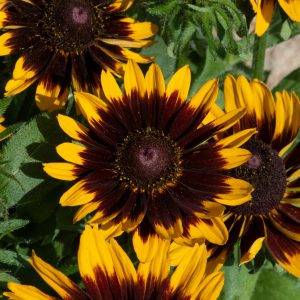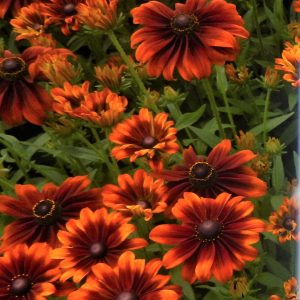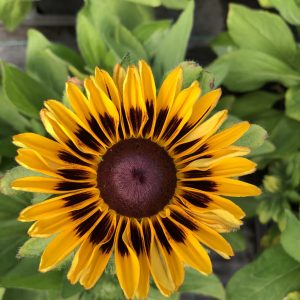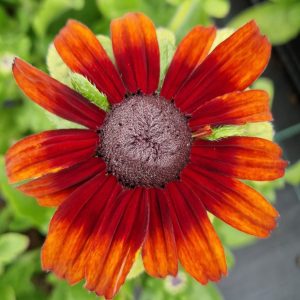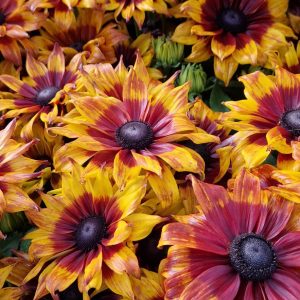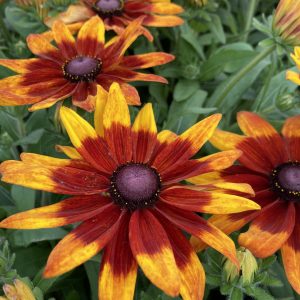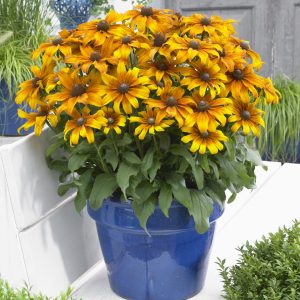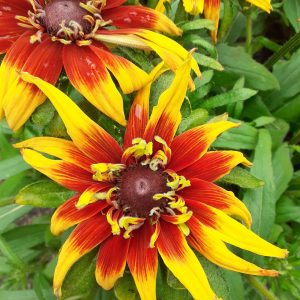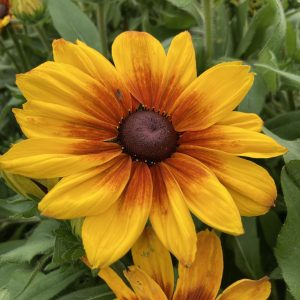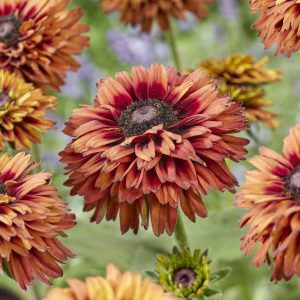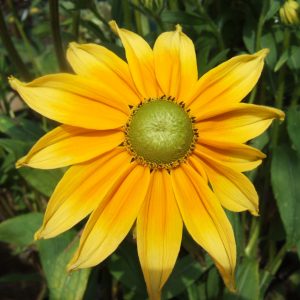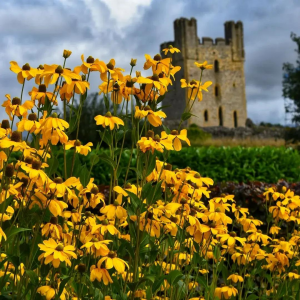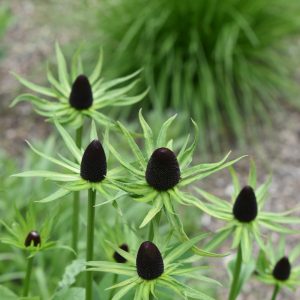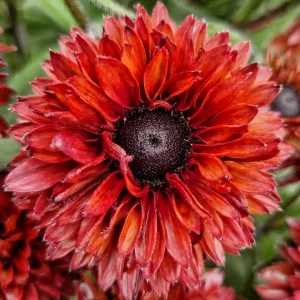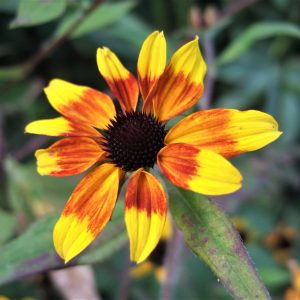Rudbeckia, commonly known as Black-Eyed Susan, is a vibrant and resilient perennial that adds a burst of colour to gardens. Follow these planting guidelines to ensure the successful establishment and growth of your Rudbeckia plants:
Choosing the Right Location
Sunlight: Select a location with full sun exposure, where Rudbeckia can receive at least 6-8 hours of direct sunlight daily.
Soil: Plant in well-draining soil with a slightly acidic to neutral pH. Rudbeckia is adaptable to various soil types but thrives in moderately fertile soil.
Planting Time
Spring or Autumn: Plant Rudbeckia in the spring or autumn for optimal growth. Avoid planting during extreme heat or cold.
Planting Depth
Seedlings: If planting seedlings, dig a hole slightly larger than the root ball. Plant at the same depth as it was in the container.
Seeds: If starting from seeds, sow them on the soil surface and lightly press them into the soil. Keep the soil consistently moist until germination.
Spacing
Proper Spacing: Space Rudbeckia plants about 18 to 24 inches apart to allow for adequate air circulation and prevent overcrowding.
Watering
Establishment Phase: Keep the soil consistently moist during the first few weeks after planting to help the roots establish.
Mature Plants: Once established, Rudbeckia is drought-tolerant. Water when the soil is dry to the touch, providing about 1 inch of water per week.
Mulching
Mulch Application: Apply a layer of organic mulch around the plants to retain soil moisture, suppress weeds, and regulate soil temperature.
Fertilisation
Minimal Fertiliser: Rudbeckia is not heavy feeders. Apply a balanced, slow-release fertiliser in the spring, and avoid excessive nitrogen, which can promote excessive foliage growth.
Support for Tall Varieties
Staking: For tall varieties, consider staking the plants to provide support and prevent bending or breaking of stems, especially in windy conditions.
Deadheading
Regular Removal: Deadhead spent flowers regularly to encourage continuous blooming and maintain a tidy appearance.
Overwintering
Mulching in Autumn: In colder climates, apply a layer of mulch around the base of the plants in the autumn to protect the roots from freezing temperatures.
Division
Every Few Years: Divide mature Rudbeckia plants every few years to rejuvenate them. This is typically done in the spring.
By following these planting guidelines, you’ll foster healthy growth and abundant blooms in your Rudbeckia plants, ensuring a vibrant and colourful addition to your garden.



